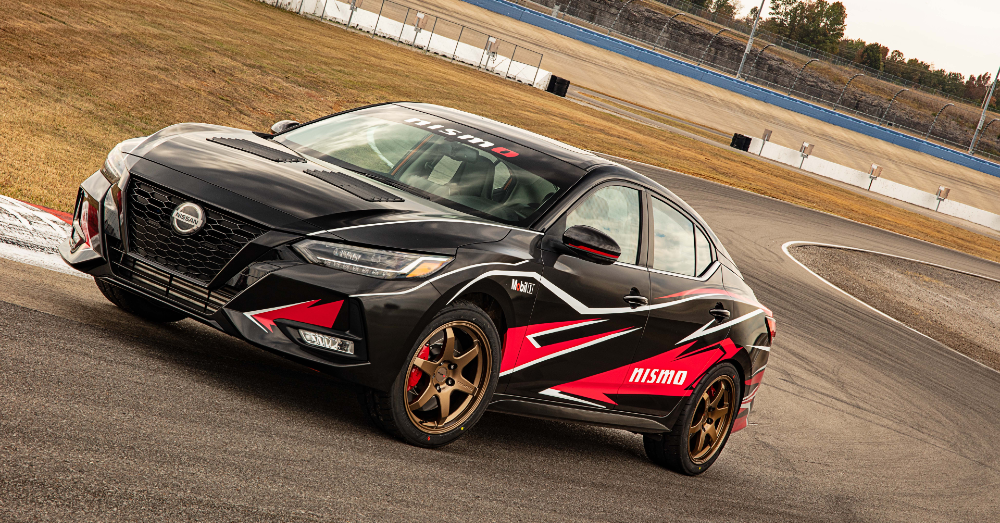One of the most brutal tests of both man and machine takes place every year during the 24 Hours of Le Mans. This is the most iconic race in the world.
This amazing race has been run every year since 1923, and it continues the glorious tradition of being the pinnacle in the auto racing world. The track is famous, some areas of the track are famous, and fans flock to the track to see the cars go by at top speed. In fact, during one portion of the race, cars can reach speeds over 200 mph.
Yes, it Does Take 24 Hours to Complete
When auto racing enthusiasts talk about the toughest race in the world, this is the one they talk about. This incredible race of endurance runs all day and into the night. The track used for this amazing race is the iconic Circuit de la Sarthe road course. The track is 8.5 miles long, creating a track that pushes both man and machine to the limits, sometimes beyond them. If you want to truly enjoy what racing is all about, this is the race you want to attend.
Some Drivers Count Distances in Their Heads
Weather does not stop the 24 Hours of Le Mans race at all. This race has been run in some of the worst rain in France, and it’s a race that’s going to happen no matter what. Some drivers will count in their heads to know when to brake along a straight before heading into the next curve. This helps them when visibility is extremely poor, which can happen, especially when it’s raining at night.
The Starting Position Used to be Determined by Engine Size
We associate the traditional way of qualifying for a starting position with the fastest lap run during practice leading up to the race. This traditional qualifying didn’t begin for this race until 1963. Until that time, the cars lined up according to engine size, with the largest engines at the pole and the smallest engines in the rear. This gave an advantage to teams that build cars with larger engines in the car, but that didn’t seem right.
The Mulsanne Straight Was Shortened in 1990
Prior to 1990, the most famous straight of the track for the 24 Hours of Le Mans was much longer. The Mulsanne Straight was 3.7 miles long, and that allowed some cars to reach speeds of 249 mph while running down this stretch of the track. New FIA rules changed this straight and reduced it to a maximum of 1.2 miles, which doesn’t allow for cars to reach this speed at all. This creates a safer race for the cars and the drivers.
What Was the Largest Margin of Victory?
As you can probably guess, the early days of this race didn’t offer the fairness rules that we have today. The 1927 race showed us just how important it is for all cars to be relatively close in build and power. This race was won by 349.808 km with a Bentley taking the checkered flag and the second-place finisher nearly 350 km behind in a Salmson. Today, we would never see this margin or anything like it because the rules keep things much closer and more competitive.
This is a Race of Distance Traveled
While there is a traditional start and finish line, the distance traveled during the 24 Hours of Le Mans is also measured. The furthest distance covered by a winning car is 3,362 miles. Can you imagine driving this far in one 24-hour period? That distance is farther than from the East to West coasts of the United States. The winning car was an Audi R15, and this distance was covered in 2010. The three drivers that raced this car broke a record that had been in place since 1971.
The Race Began in 1923, But There Have Been Some Years it Wasn’t Held
Starting in 1923 mans the race began after World War I, but, as you can imagine, the second world war stopped this race. France was one of the most active war zones during this war, and there was no way a race would be held. The Great Depression labor strike of 1936 also caused the race to be canceled. This means 1936, and then from 1940-1948, the world did not have its most iconic race.
This Race Requires Three Safety Cars
In typical WEC races, only one safety car is necessary to handle the job of leading the racers around the track under yellow flag conditions. This race, which covers such a long way, requires three of these cars to ensure work crews can get wrecked cars of the track safely. Long gone are the days of cars stacking up along the side off the track like we’ve seen in some of the early films of this race.
The Start is Much Different From What it Used to Be
If you’ve seen the movie “Ford vs. Ferrari,” you know that Ken Miles was not given the win for the 24 Hours of Le Mans that he rightfully won because the car behind him technically traveled a greater distance. Part of that distance is the running start that’s part of that movie. This type of start ended in 1970, and by 1971, the cars were all faced forward, which is what we see today.
Today, We See Three Drivers Per Car
The racing rules have changed over the years, and this includes endurance races like this one. Today, each car must have three drivers, and no driver can race for more than 14 hours. This does allow for a driver to handle most of the race and be the main person behind the wheel but having two other teammates allows for more breaks. In addition to the total hours limit, drivers are required to make changes every four hours, which helps reduce the potential of fatigue during this incredibly fast race.
This post may contain affiliate links. Meaning a commission is given should you decide to make a purchase through these links, at no cost to you. All products shown are researched and tested to give an accurate review for you.




